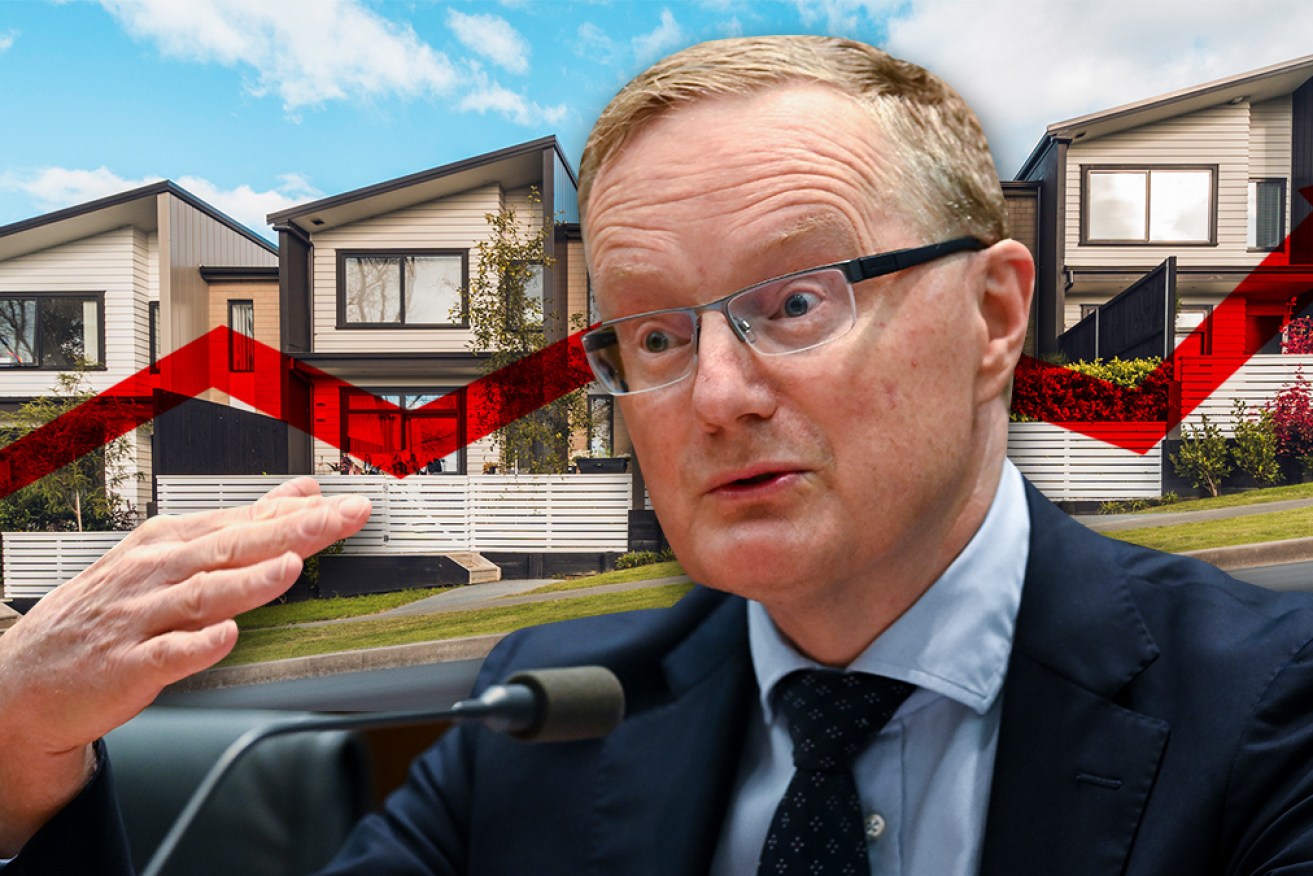Booming property gives RBA another reason not to cut rates


Soaring property prices have given the RBA another reason not to cut rates. Photo: TND
The Reserve Bank is widely expected to hold official interest rates at 0.75 per cent on Tuesday – but more cuts are just around the corner.
A fall in the unemployment rate last month was enough for most economists to walk away from their February rate cut predictions.
And CoreLogic’s latest property price figures have given the bank another reason to sit on its hands.
Although the coronavirus is expected to deliver a multibillion-dollar blow to Australian GDP, and devastating bushfires have driven consumer confidence to one of its lowest levels since the GFC, most economists believe the RBA has seen enough positives to delay cutting further.
Only five out of 39 economic experts surveyed by comparison site Finder are tipping a rate cut on Tuesday, while markets put the chance of another cut at just 14 per cent.
“They’re very much in ‘watch’ mode,” independent economist and UTS industry professor Warren Hogan told The New Daily.
“They’ve given the economy a pretty substantial monetary injection last year with the three rate cuts, and they now need to wait and see how that plays out, because changes in monetary policy take quite some time to filter through the economy.”
Professor Hogan said the interest rate cuts have boosted the housing market and put downward pressure on the currency.
But whether that encourages consumers and businesses to spend and invest more remains to be seen.

*The total return is the sum of the gross rental yield and annual capital growth.
RBA Governor Philip Lowe said in his December statement the economy had “reached a gentle turning point” and should gradually return to annual GDP growth of 3 per cent in 2021.
“The low level of interest rates, recent tax cuts, ongoing spending on infrastructure, the upswing in housing prices, and a brighter outlook for the resources sector should all support growth,” he said.
But the central banker conceded weak wages growth could offset those positives by discouraging consumer spending, which is what happened in the September quarter.
Despite the ATO handing out an extra $5.4 billion in annual tax refunds, consumer spending growth between June and September dropped to its slowest pace since the global financial crisis.
Several economists said the interest rate cuts had failed to lift spending because Australians were up to their eyeballs in debt and lacked confidence in the economy.
And businesses held back on investment as the global outlook remained uncertain.
Brexit has finally happened, but no one understands what that means for the rest of the world.
And there are still plenty of unresolved disputes in the US-China trade war.
Angela Jackson, an economist at Equity Economics, said greater government spending would stimulate the economy more than another RBA rate cut.
Dropping rates to 0.5 per cent on Tuesday would leave the central bank with even less power to respond to an economic shock down the track, Ms Jackson said.
Which is why she believes the government should increase spending and pass more productivity-enhancing reforms.
As for Tuesday’s decision, Ms Jackson told The New Daily the RBA was likely to hold at 0.75 per cent.
“I think they’ll be concerned about asset price inflation and house price inflation,” Ms Jackson said.
“That will probably stop them cutting tomorrow, which is a concern, because you want them to be managing the whole economy, not just one part of it.”
Market expectations of a February rate cut more than halved after the Australian Bureau of Statistics revealed last month that unemployment had fallen to 5.1 per cent.
Economists at the big four banks said the stronger-than-expected jobs report, coupled with the Black Friday retail boost, supported Governor Lowe’s assertion the economy had reached a “gentle turning point”.
This means the central bank can get away with holding rates on Tuesday – even if it’s a fair way off its employment and inflation targets.
“We still think further rate cuts are more likely than not over the course of 2020, however,” wrote ANZ economists Catherine Birch and David Plank.
“Continued weakness in consumer spending and soft business investment suggest that progress toward lower unemployment will stall at a level that is inconsistent with the RBA achieving its policy objectives.”
In other words: The longer-term outlook isn’t great, so expect rates to hit new record lows later this year.









